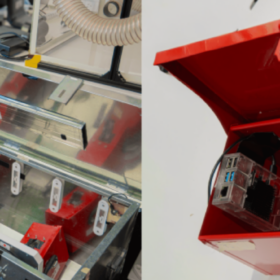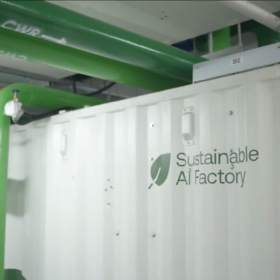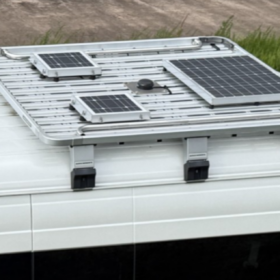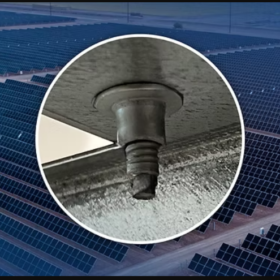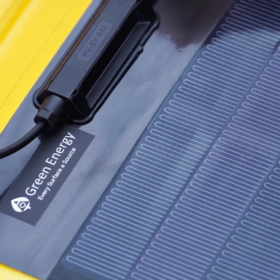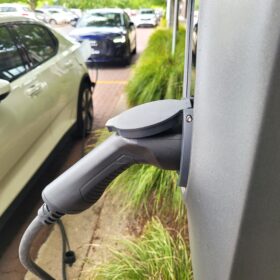Australia leads international zero-carbon silicon recovery research
Australian researchers are collaborating with organisations in India, Indonesia and the United States to develop a zero-carbon, automated end-of-life solar panel recycling process using robots to recover ultra-pure silicon.
Researchers trial AI-enabled wireless thermal runaway sensing system
Researchers from the University of New South Wales are building and validating a prototype of their AI-enabled wireless sensing system that can spot dangerous heat in lithium-ion batteries before it progresses to thermal runaway.
Project Southgate to support 5.1 GW of solar, storage, hydro and wind
Developers of a series of artificial intelligence factories being built across Australia at a cost of $73.3 billion, say they will be 100% powered by renewable energy and could stimulate 5.1 GW of solar, storage, hydro and wind projects.
Shadow-aware route planning for vehicle-integrated photovoltaics
Japanese researchers have proposed a method for future vehicle-integrated photovoltaic route planning. It integrates environmental shading effects based on satellite and geographic information system data.
High-rise buildings could soon use gravity energy storage, say researchers
Researchers in Canada have proposed using gravity-based energy storage in high-rise buildings, in combination with photovoltaic facades, small wind turbines, and lithium-ion batteries. Their modeling indicated that this hybrid system could achieve a levelized cost of energy ranging from $0.051/kWh to $0.111/kWh.
Solis unveils 75–125 kW hybrid inverter for C&I solar
The Chinese manufacturer said its new inverters can deliver 160% overload for 200 ms in off-grid mode, ensuring stable startup of heavy loads. The IP66-rated products feature a maximum efficiency of 97.6% and a European efficiency of 97.2%.
Researchers present inverter-based dust monitoring method for rooftop solar
Researchers in China have developed a dust monitoring technique that relies solely on the existing hardware resources of inverters, without requiring extra sensors or meteorological data. Tests on existing rooftop PV arrays demonstrated an accuracy exceeding 96%.
Australian-made solar thermal system deployed at iconic Sydney pool
Sydney technology startup Coolsheet has begun a commercial-scale pilot of its PV-thermal system, a patented aluminium heat exchange panel that converts a standard solar module into a PVT hybrid for new installations as well as retrofits.
Rivet connection system fast-tracks installs and maintenance
Solar tracker and fixed-tilt racking solutions company GameChange Solar, has launched a rivet connection option for module mounting improving large-scale solar farm installation speeds and long-term maintenance.
Vehicle-integrated photovoltaics for biofuel-powered transport trucks
DHL Freight Sweden and Denmark-based Green Energy Group announced a one year nationwide pilot in Sweden to test the use of vehicle integrated PV with a fleet of biofuel-powered transport trucks.

